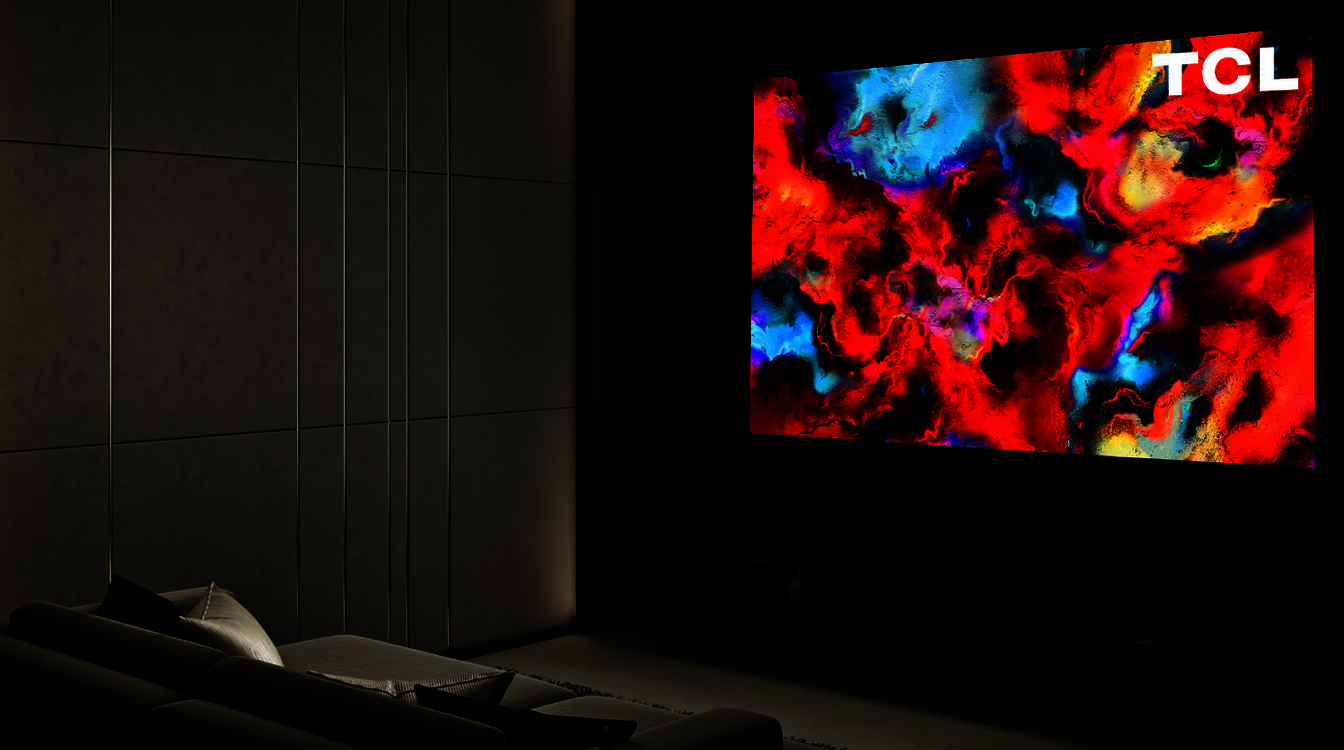TCL has said it intends to start low-volume production of its new inkjet-printed RGB OLED TV displays in around a year’s time, with a target date of late 2024 or early 2025.

The company has long been planning to expand into OLED TV display manufacturing. Its panel making subsidiary, CSOT, has emerged as one of the world’s top producers of LCD displays for televisions, but it has not yet made its mark in OLED, which many believe is a superior technology.
However, CSOT has been planning to make its presence felt in the OLED TV market for some time. It was way back in 2016 that the company first said it will invest around $6.9 billion into building the world’s most advanced LCD production line, before expanding that facility to manufacture OLED panels too.
The LCD operation has proceeded well, and CSOT has emerged as one of the world’s top LCD TV display makers. However, its OLED operation has taken longer to establish. It was only last year that the company finally began mass producing smaller OLED displays for mobile devices at its T4 line, located in Wuhan, China. That line is said to have a monthly capacity of 15,000 substrates, which can be cut into several smaller panels. CSOT eventually hopes to bring up its manufacturing capacity for mobile OLED displays to around 80 million per year.
As for its OLED TV plans, this requires an even more advanced manufacturing process, which is now being built at the company’s T8 facility in Guangzhou, China. The good news is that CSOT is making progress here, and representatives from TCL – which owns CSOT – recently told FlatPanels HD that they’re on track to begin manufacturing the panels soon.
The T8 line is designed to manufacture OLED panels in 55-, 65- and 75-inch sizes, and could later be expanded to include 42-inch and 98-inch panels too. There are also plans to use the facility to make smaller panels for computer monitors, but TV is the immediate goal, TCL officials told FlatPanels HD. The aim is to begin low-volume production of its OLED displays within the next 12 months or so, they added.
The inkjet printing method employed by CSOT differs from LG Display, which uses a deposition process. According to TCL, the method is both more efficient and lower cost, and the reduced costs could well translate to lower prices for OLED TVs in future.
CSOT’s OLED panels will also be different. It’s planning to create a third OLED panel type, known as RGB OLED, which employs three subpixels in read, green and blue to create images. On the other hand, LG Display builds White OLED or WOLED panels, while Samsung Display manufactures QD-OLED panels. Of course, all three companies claim that their end product is superior.
TCL told FlatPanelsHD that its IJP RGB OLED TV panels will be able to deliver 300 nits average brightness, and around 2,000 nits peak brightness, meaning they should be able to match the performance of LG’s and Samsung’s best OLED panels and do an awesome job even in brightly lit living rooms. TCL also claims its OLED technology will cover up to 90% of the Rec.2020 colour space. But although TCL reckons it can reduce the costs of OLED TVs in the longer-term, its products are likely to be higher in the short term.
In any case, it probably won’t be until at least 2025 when we see TCL enter the OLED television market, but when it does it will be good news for everyone, strengthening competition and forcing everyone to keep innovating and bring the technology forward.